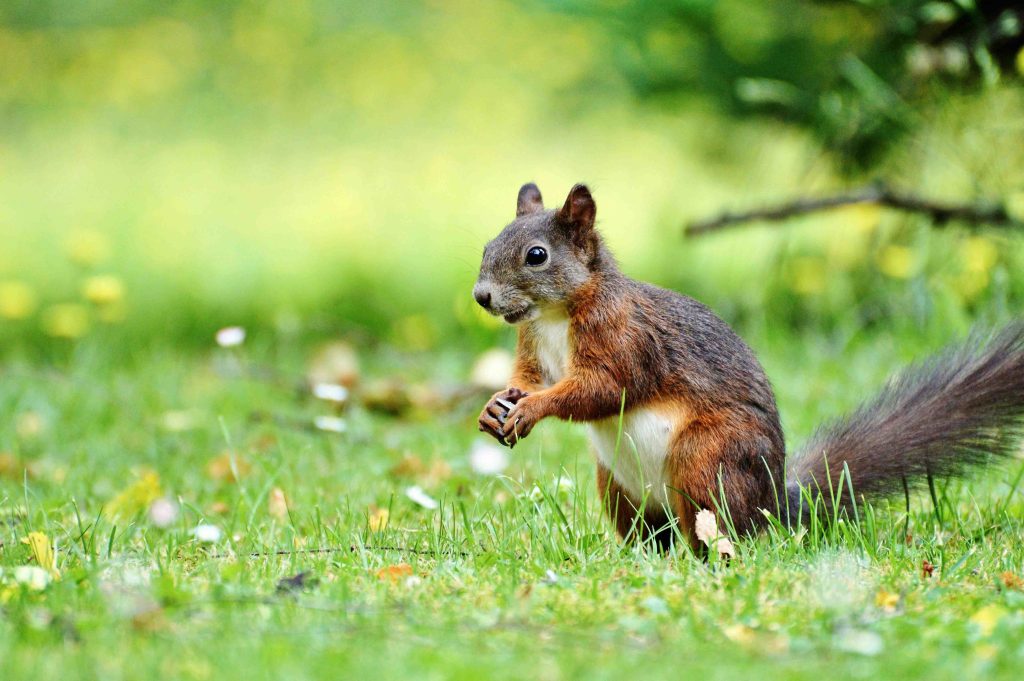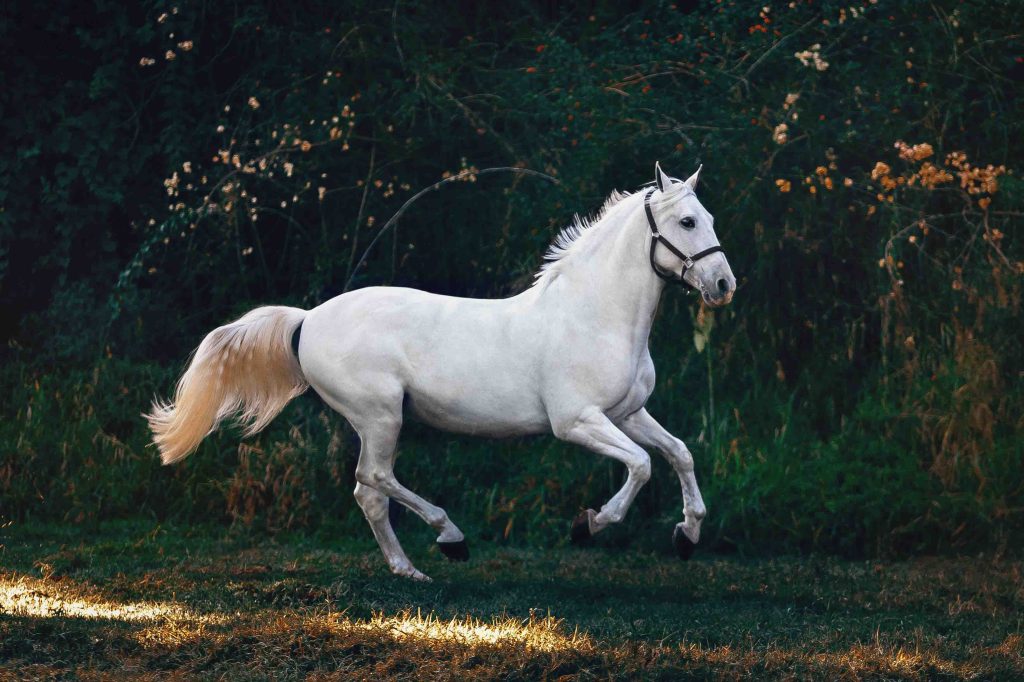Capturing the Essence of Wildlife: The Beauty and Significance of Animal Photography
Capturing the Essence of Wildlife: The Beauty and Significance of Animal Photography In the realm of visual storytelling, few genres captivate audiences as effectively as animal photography. The lens becomes a window into the fascinating and often mysterious world of wildlife, allowing us to witness the raw beauty, diversity, and behaviors of creatures that share our planet. From the towering elephants of the African Savannah to the microscopic insects in our backyard, animal photography offers a unique perspective on the intricacies of the natural world.

The Power of Animal Photography
Conservation Awareness: Animal photography serves as a powerful tool in raising awareness about endangered species and the need for wildlife conservation. A striking image of a majestic tiger or a vulnerable sea turtle can evoke emotions and inspire action to protect these creatures and their habitats.
Breathtaking Beauty: Animal photographers skillfully capture the aesthetic allure of the animal kingdom. Whether it’s the vibrant plumage of tropical birds, the grace of a leaping dolphin, or the intense gaze of a big cat, these images showcase the stunning diversity and beauty that exist in the natural world. Such photographs not only celebrate the creatures themselves, but also the ecosystems they inhabit.
Behavioral Insights: Beyond mere visual appeal, animal photography offers valuable insights into the behaviors and interactions of various species. Patient and observant photographers can document mating rituals, hunting strategies, and social dynamics, providing scientists and researchers with valuable data. These images contribute to our understanding of animal behavior and ecology.
Emotional Connection: Animal photography has the unique ability to forge an emotional connection between viewers and the subjects of the images. A poignant photograph of a mother and baby animal or a playful interaction among siblings can stir emotions, fostering a sense of empathy and connection to the natural world.
Challenges and Ethical Considerations: While animal photography has immense potential for positive impact, it also poses challenges and ethical considerations. Photographers must prioritize the welfare of the animals they capture, avoiding any actions that could cause distress or harm. Additionally, the use of photo editing tools to enhance or manipulate images raises concerns about the authenticity of the portrayal of wildlife.


Showcasing Diversity: The Global Tapestry of Animal Photography
Technological Advancements: A Lens into the Unseen Advancements in technology have revolutionized animal photography, enabling photographers to capture moments that were once impossible. High-speed cameras freeze the rapid movements of birds in flight, infrared and night-vision equipment unveil the nocturnal activities of elusive creatures, and underwater photography reveals the mesmerizing life beneath the ocean’s surface.
Narrative Storytelling: Beyond Static Portraits, Animal photography is not limited to static portraits. It often unfolds into a dynamic narrative, telling stories of survival, migration, and adaptation. Sequences of images can document a predator stalking its prey, the migration of herds across vast landscapes, or the lifecycle of a butterfly.
Citizen Science and Photography: A Collaborative Approach With the rise of citizen science initiatives, animal photography has become a collaborative effort between professionals and enthusiasts. Platforms like iNaturalist and eBird encourage individuals to contribute their wildlife observations and photographs, creating a massive database that aids scientific research.
Challenges of Climate Change: A Call to Action Animal photography also serves as a visual record of the impact of climate change on wildlife. Images of melting ice caps, displaced species, and altered habitats underscore the urgent need for global environmental action. Photographers become advocates, using their art to communicate the consequences of climate change and motivate individuals and governments to address the pressing issues facing our planet.
The Intersection of Art and Science: Educating and Inspiring, Animal photography is a unique intersection of art and science. It engages audiences emotionally while conveying scientific knowledge. As a result, it serves as a valuable educational tool, inspiring curiosity about the natural world and encouraging a deeper understanding of ecological systems. Through photography, people can explore the intricate details of animal anatomy, behavior, and the interconnectedness of life on Earth.
